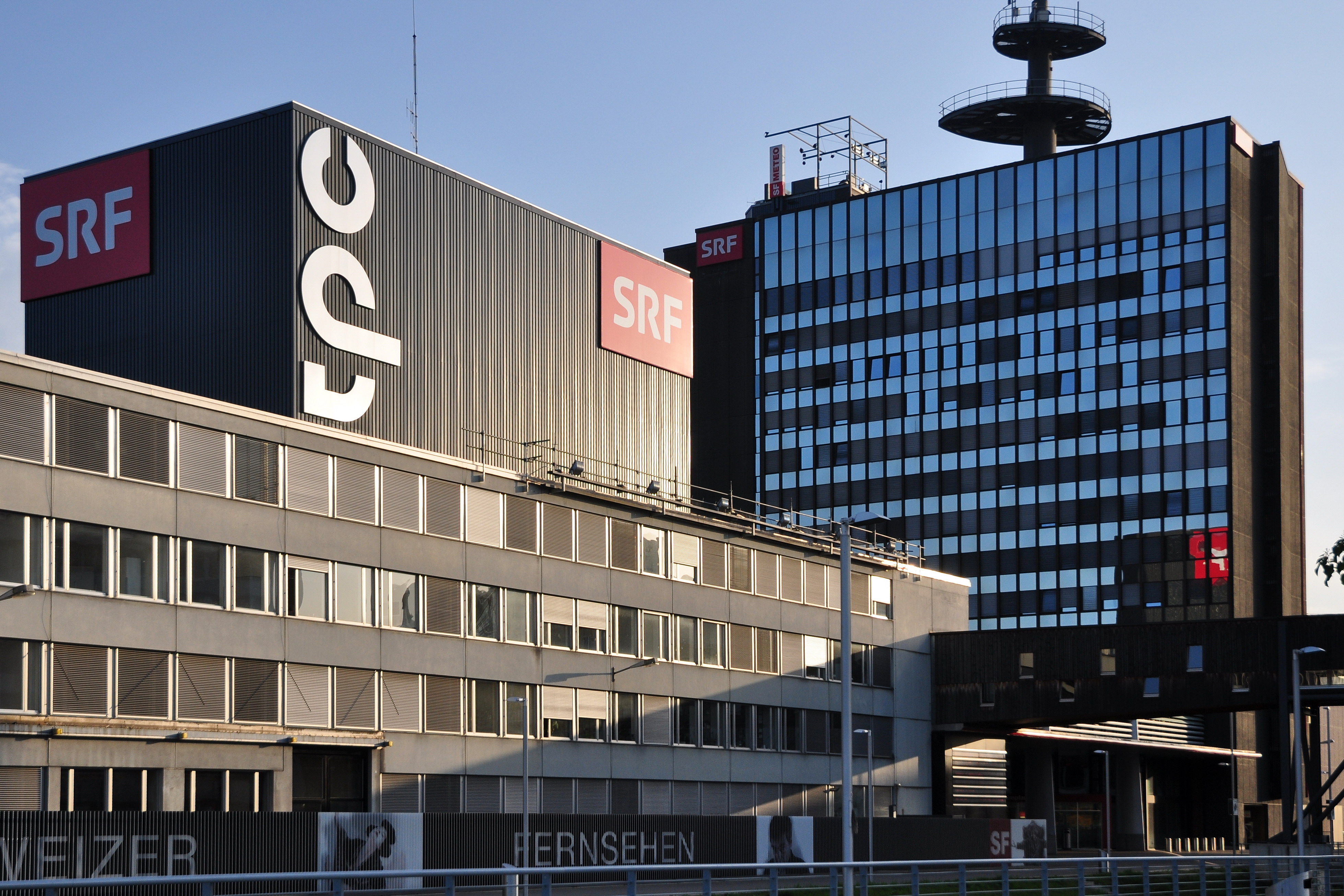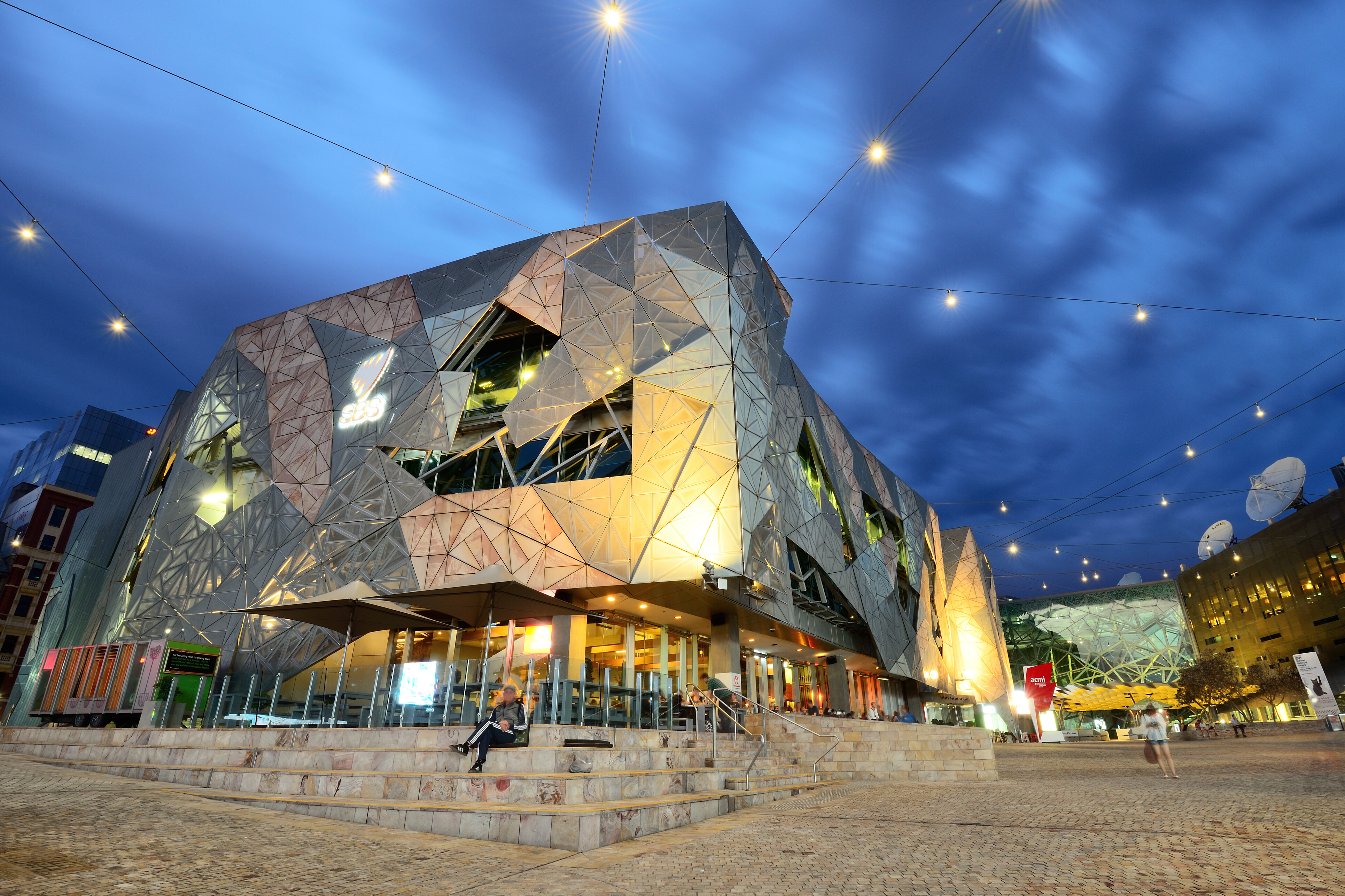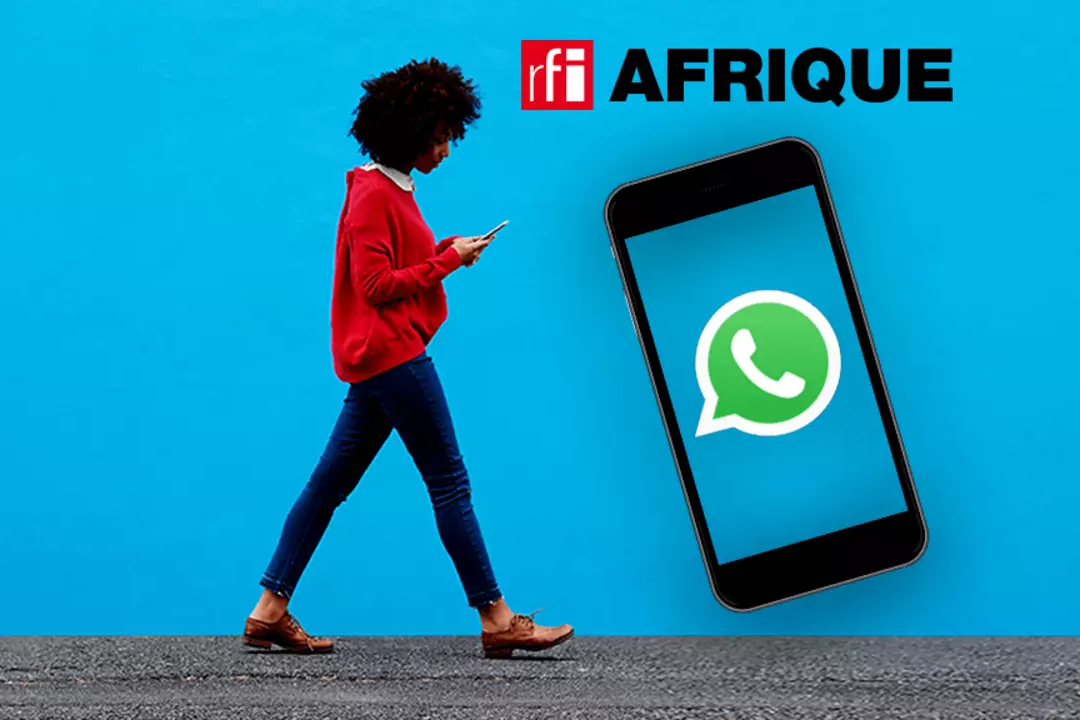PSM INNOVATIONS
The importance of Smart TV for SRG SSR
Switzerland’s public broadcaster, SRG SSR, is addressing the changes and challenges that have arisen from the growing streaming market by enhancing its own streaming offer and looking at ways of optimising its reach via Smart TV.
30 August 2022

SRG SSR is shifting its content distribution strategy to become 50:50 between broadcast and non-linear methods. It comes after the broadcaster’s dedicated streaming service, Play Suisse, reached the milestone of 500,000 registered users since its launch in November 2020.
With more than 3000 titles in its growing catalogue of Swiss-made content, it has fast become an alternative, interregional streamer to the international streaming giants like Netflix and Disney+.
With 1 in 5 viewers using Smart (or connected) TV to access Play Suisse, Smart TVs and digital transformation have become an increasingly important consideration for SRG SSR’s platform strategy.
Plans to further develop Play Suisse include encouraging closer collaborations with platform companies like Samsung and other big telecommunication operators, developing a “top-notch UX (user experience) as well as an increased focus on exclusive content,” Bakel Walden, Director of Development and Offering at SRG SSR, told PMA.
At the same time, the public broadcaster has plans to increase its “efforts regarding personalisation significantly to not only provide a strong viewing experience but to make it unique and personal for each user.”
Mr. Walden also reiterated that SRG SSR has faced challenges concerning its connection with audiences in recent years. But he said that technology is playing a much bigger role in delivering content in new ways, while also improving the organisation’s internal infrastructure, workflows, and production processes. This includes re-using existing tools and production processes from SRG SSR’s four regional production centres and developing the use of cloud services and IP infrastructure, while ensuring that editorial data is accessible yet confidential and secure.
Un nuovo traguardo per #PlaySuisse! 🎉 A 18 mesi dal lancio, festeggiamo 500’000 iscritte e iscritti alla nostra piattaforma streaming. Qui alcune statistiche sulla fruizione 👇 https://t.co/mEEvScimeJ pic.twitter.com/0zvmTysmuv
— SRG SSR (@SRGSSR) May 30, 2022
Technological innovations like artificial intelligence (AI), personalisation, and subtitling are vital for overall enhanced user experience, as is the offer of diverse, quality and local content. Offering this standard of service is especially critical at a time when media markets are becoming ever more crowded and public media organisations are increasingly fighting for prominence against global streamers with significantly larger budgets.
Even though SRG SSR doesn’t operate on a budget as substantial as the larger international streamers, and with necessary cost and resource saving, it does invest in new technologies where possible to improve its navigation and the quality of its services.
The broadcaster is now looking to balance the distribution strategy 50:50 between linear broadcasting and non-linear. This allows audiences the choice from linear viewing to on-demand viewing such as on Smart TVs and other platforms. And with the use of Smart TV and digital consumption likely to escalate, it is also an innovative move to collaborate more – rather than compete – with the platforms, and other third-party manufacturers and providers to ensure prominence.
[SRG SSR is increasing] “efforts regarding personalisation significantly to not only provide a strong viewing experience but to make it unique and personal for each user.” Bakel Walden, Director of Development and Offering at SRG SSR
Featured image: SRG-SSR building in Zurich. Credit: Roland zh/Creative Commons
Over to you...
Does your public media organisation have an innovation that you’d like to share?
Let us know by emailing us at editor@publicmediaalliance.org
Related Posts
16th August 2022
Public media organisations providing mental health services for staff
More public media organisations are…
5th July 2022
RFI Afrique: Using WhatsApp to disseminate news across the continent
RFI Afrique’s innovative use of…



